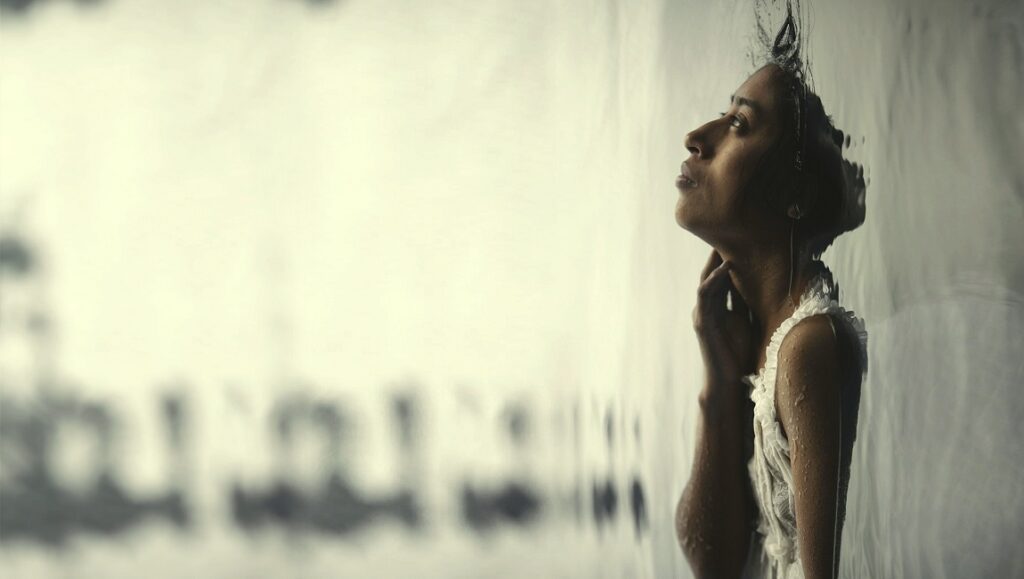La Llorona understands how to the tick the genre boxes but forgets to muster much in the way of actual horror.
The horror genre has long been a fertile breeding ground for all sorts of simmering undercurrents, giving creators ample room to engage with symbolism, metaphor, Freudian theory, and Jungian archetypes, as well as the freedom to interrogate the dominant political ideologies of the day. This is so ingrained in the myriad explorations of horror that it can be genuinely disconcerting when a film comes along that is all blatant text, nothing hidden or subtextual about it. La Llorona is quite literally about the return of the repressed, an avenging ghost tale that flatly states what it is, and then goes about that particular business. There’s no need for a deep reading here — the film is all surface, but frequently beautifully, at least. The legend of La Llorona, aka the weeping woman, has been around for decades, a frequent fixture of Latinx popular culture. Variations exist, but typically the weeping woman is a manifestation of rage and grief that perpetuates a cycle of infanticide (“eat your veggies or La Llorona will get you”). In this version, director Jayro Bustamante transplants the myth from Mexico to Guatemala, where the mythical spectre haunts a retired military general named Enrique Monteverde (Julio Diaz), who has been found guilty at a truth and reconciliation-style hearing accounting for the genocide of thousands of native Ixil Mayan people in the 1980s (a very real historical atrocity; Monteverde is loosely based on General Efrain Rios Montt). When the government overrides the tribunal and vacates the conviction, throngs of protestors show up outside Monteverde’s palatial estate, forcing him and his family into a sort of self-quarantine. A young woman named Alma (Maria Mercedes Coroy) is hired on as live-in help, but all is not as it seems. Soon the general and his bourgeoisie family, including a willfully complicit wife, their daughter, and granddaughter, begin having hallucinatory dreams, frequently accompanied by images of cascading water.
Bustamante has a keen eye for composition, cramming figures into one corner of the frame before allowing someone in the background to come into focus; even better is when he begins a shot with someone in the dead center of the frame, before slowly tracking back to gradually reveal more figures within the same image. He favors minimal camera movement, and when it does accommodate the flourish, it is glacially slow. Alma moves silently throughout the house, ghostly quiet even before her otherworldly provenance is revealed. But La Llorona is reserved almost to a fault, in some ways the very definition of a ‘slow burn.’ The problem here is that Bustamante’s film is, put simply, not scary. There’s a sense of creeping dread that is developed, and to that end, in what is surely a coincidental bit of synchronicity with the recent film Relic, Monteverde’s frequent night terrors and sleepwalking are at first dismissed as byproducts of old age and possible senility. Meanwhile, Alma is an inexplicable force, eventually summoning the spirits of hundreds of victims to confront the family, but the film never manages to crescendo to anything even close to terror. La Llorona isn’t a bad film, and it’s hard to take issue with its political agenda — bringing attention to past traumas and holding responsible parties accountable when no one else will is a time-honored genre trope. But this awareness of horror tradition makes one wonder why anyone bothered with such genre trappings at all if there was no intent to indulge in the pleasures of the genre itself? A movie about a vengeful apparition should probably get the pulse racing — it’s not too much to ask.
You can currently stream Jayro Bustamante’s La Llorona on Shudder.


Comments are closed.